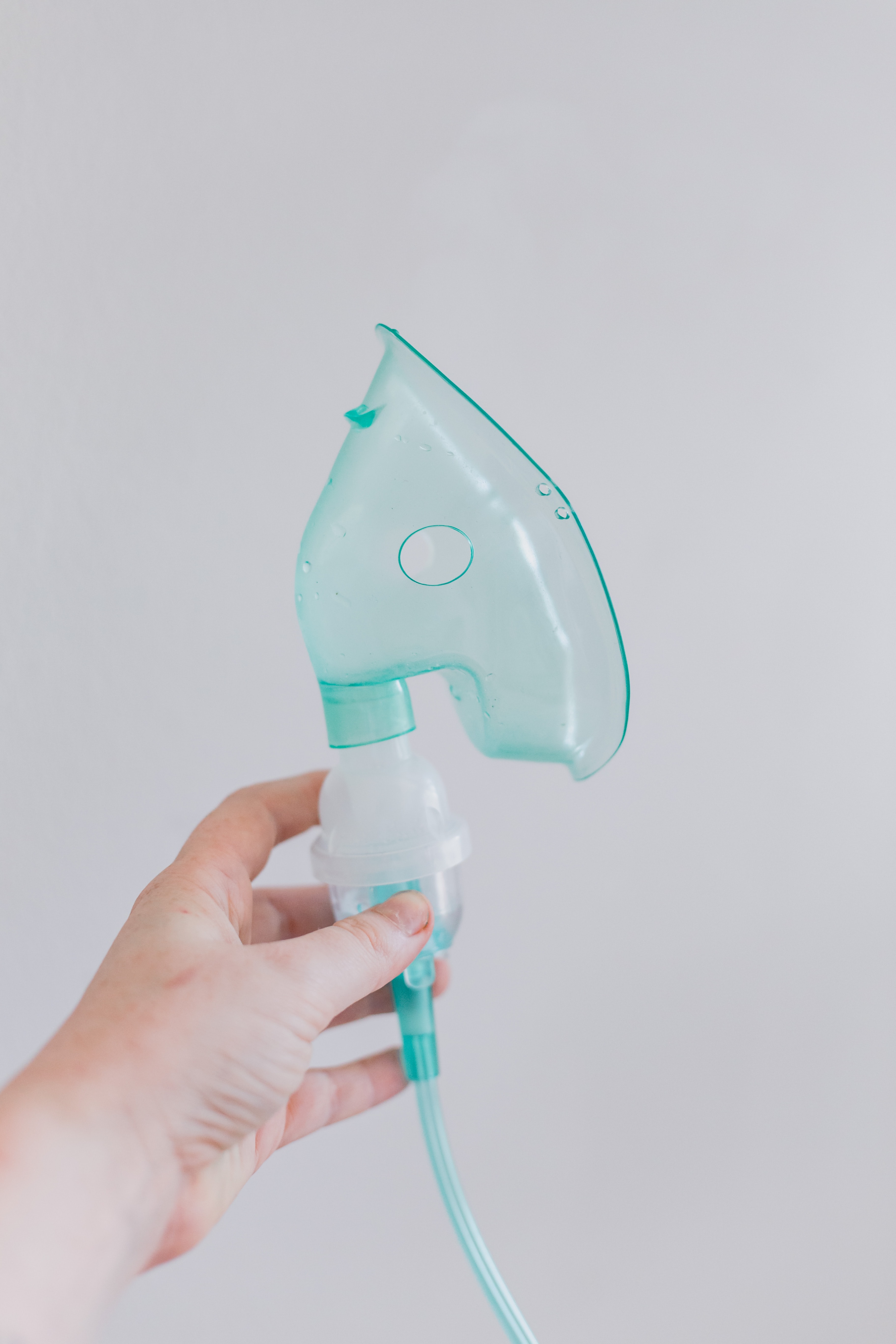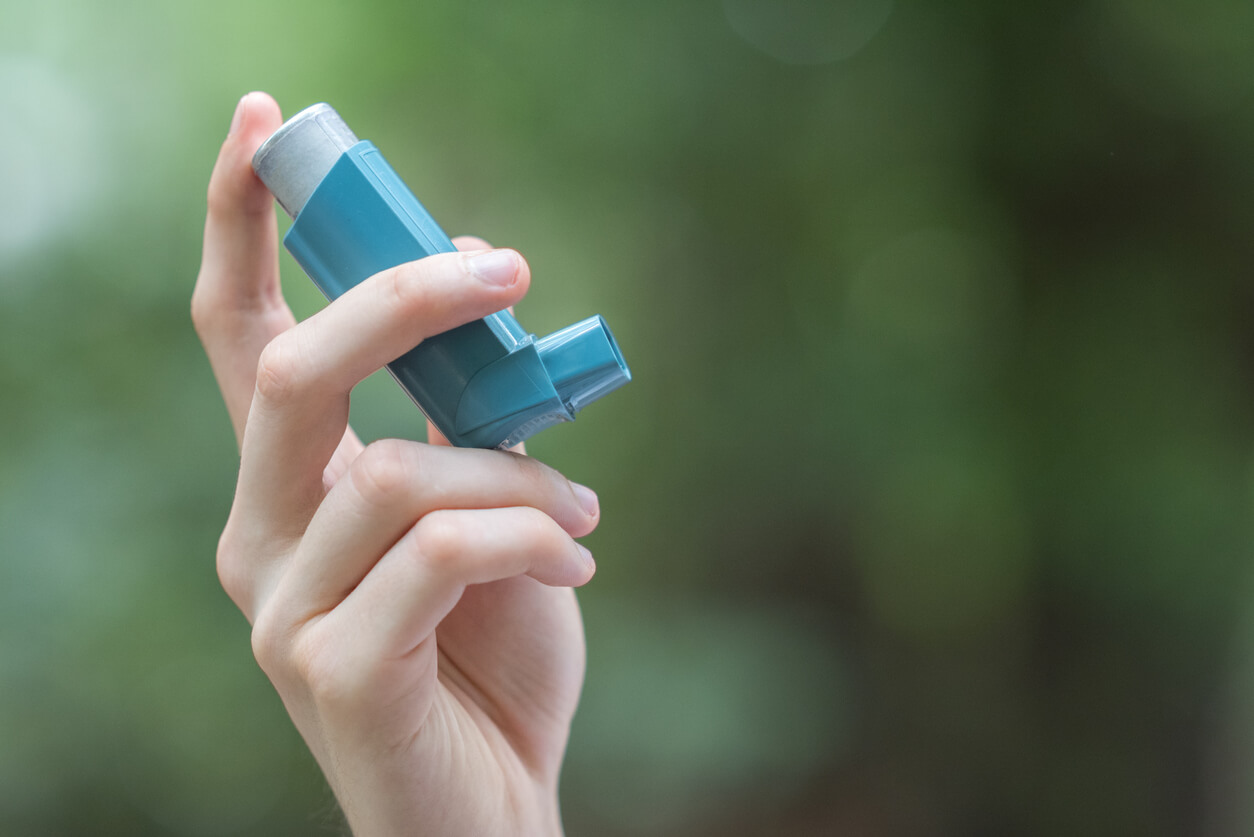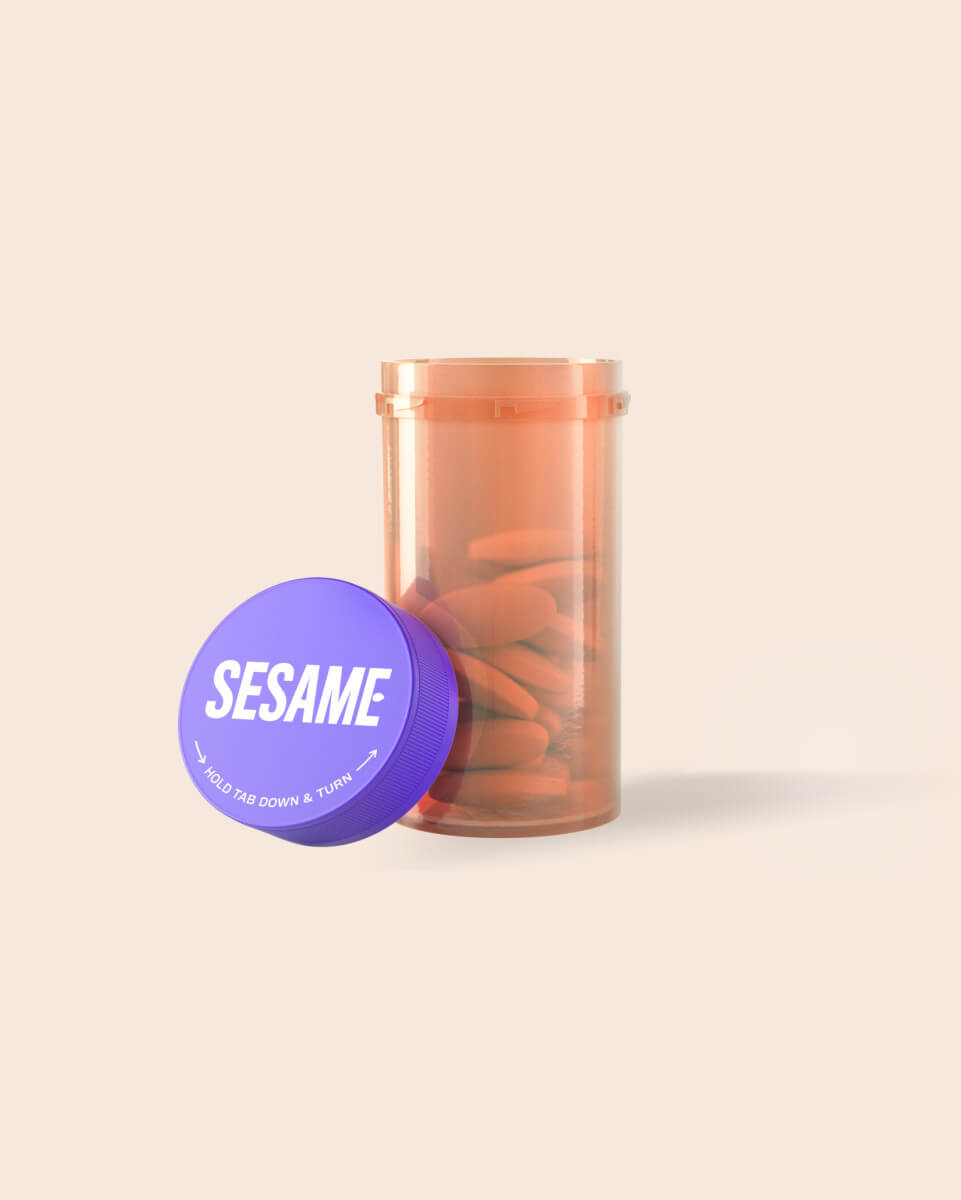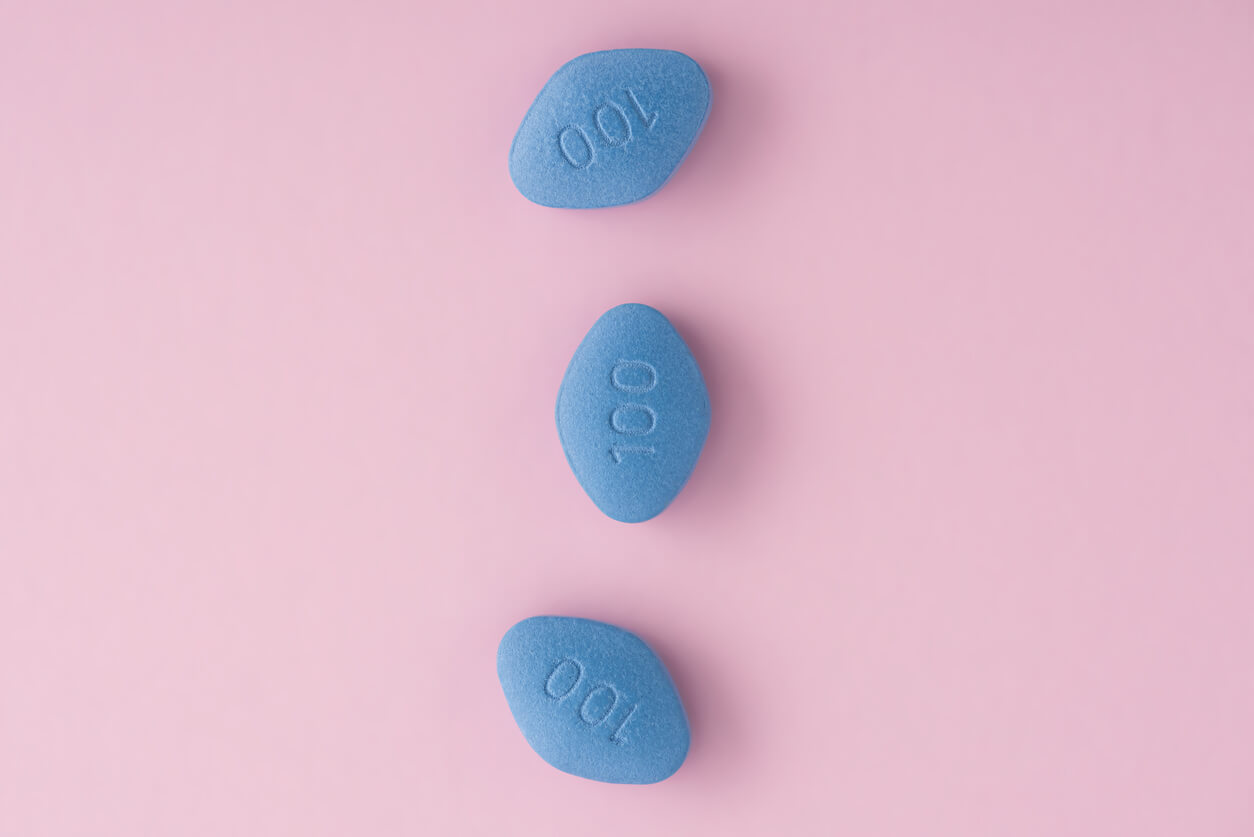Asthma Inhaler Costs: Brand Name Vs. Generic
Key takeaways
- The cash price for common asthma inhalers has risen significantly, with the price of Advair climbing almost 57% from 2013 to 2025.
- Brand-name inhalers remain very expensive, but choosing generic alternatives can reduce costs by roughly 40–50% compared to their branded versions
- Patients can save money through strategies like telehealth visits, manufacturer coupons, GoodRx or similar discount programs, and discussing generics with their provider
Asthma is a chronic inflammatory condition that narrows and irritates the airways of the lungs that affects over 28 million Americans. The most common treatment option for asthma is inhalers, small medical devices that help deliver medication to the lungs for easier breathing.
But despite how common asthma is and the critical aid that inhalers play in asthma patients’ lives, the cost of these devices keeps rising. For example, the cash price for Advair climbed from $316 in 2013 to $496 in 2025 — an increase of almost 57%.
With the ever-increasing prices for asthma medication, it can be difficult to figure out the best treatment plan for your health (and wallet). To help clarify this choice for you, we’ve compared the cost of asthma inhalers and detailed the pros and cons of each.
About asthma: symptoms and triggers
Asthma is a chronic inflammatory condition that affects the passageways to the lungs. It develops over an individual’s lifetime and can vary in severity from person to person. Most people experience asthma symptoms during an “asthma attack”.
Common asthma symptoms include:
- Breathing problems, such as shortness of breath
- Coughing episodes
- Wheezing while exhaling (a sort of whistling rasp as you breathe out)
- Chest tightness
More severe asthma cases may cause chronic problems such as:
- Difficulty sleeping
- Frequent asthma attacks
- Increased need for an inhaler (especially after physical activity)
There is no common cause of asthma, although it is widely agreed that a combination of genetics and environment play a role in who develops it and who doesn’t.
The most common triggers of asthma attacks are:
- Allergens such as mold, pollen, dust, and pet dander
- Physical activity
- Pollutants and irritants such as smog and secondhand smoke
- Cold air
- Respiratory infections (like a common cold)
- Gastroesophageal reflux disease (GERD)
- Sulfites and preservatives found in food
In most cases, asthma attacks can be managed with inhaled medication, which is why it's critical that patients have access to affordable inhalers.
Generic vs. brand prices for inhalers
Many asthma drugs still have active patents, which means that there is no generic version on the market. However, the Food and Drug Administration (FDA) has approved generic versions of several asthma medcations. These include Proair (albuterol), Ventolin (albuterol), Advair (fluticasone/salmeterol), and budesonide/formoterol (Symbicort).
You can compare generic and brand-name cash prices in the table below:
| Inhaler active ingredient | Brand-name cash price | Generic cash price |
|---|---|---|
| Albuterol (ProAir, Ventolin) | $84-102 | $43-47 |
| Budesonide (Pulmicort) | $315 | $127 |
| Budesonide/formoterol (Symbicort) | $268 | $221 |
| Fluticasone/salmeterol (Advair HFA, Advair Diskus, Airduo) | $340 | $100-$130 |
| Levalbuterol (Xopenex) | $100 | $66 |
As you can see, brand-name inhalers are considerably more expensive than their generic versions. This can drive up your overall medical costs, since these prescriptions must be refilled several times a year.
Luckily, many insurance plans cover generic versions of asthma medications. If you're insured, you can check your health plan's formulary to see what's covered. If you don't have insurance, a prescription savings card may help you save on the cash price for these medications.
How does health insurance affects inhaler price?
Most healthcare networks cover the vast majority of asthma treatment. This can help lower the high cost of these drugs. However, the Centers for Disease Control and Prevention (CDC) estimates that in some states, nearly 20% of adults do not have health insurance coverage for asthma medical costs. This means that a significant chunk of the population has to pay for these drugs out-of-pocket.
If you are insured, talk to your healthcare provider about how much of your asthma care is covered by your plan. You should also ask about the different types of drugs available under your plan to see what fits within your price range. For instance, generic drugs are significantly more affordable than their brand name counterparts.
How does inhaler type affect inhaler price?
There are two main categories for inhalters: short-acting (quick-relief) and long-acting (control) medications.
Quick-relief inhalers are used as needed as asthma symptoms begin to occur. Short-acting beta agonists used for quick relief include:
Long-acting inhalers control asthma by reducing inflammation and irritation in the airways. These drugs are administered every day—sometimes multiple times per day. Examples include:
- Salmeterol (generic for Serevent Diskus), a long-acting beta-agonists (LABA)
- Mometasone (Nasonex, Asmanex), beclomethasone (Qvar), fluticasone propionate (Flovent HFA) and ciclesonide (Alvesco), which are examples of inhaled corticosteroids (ICS)
- Budesonide/formoterol (Symbicort, Pulmicort), mometasone/formoterol (Dulera) and fluticasone/salmeterol (Advair), combination inhalers that use both long-acting beta-agonists and corticosteroids
Short-acting inhalers are generally cheaper than long-acting inhalers and ICS inhalers are generally cheaper than LABA inhalers.
In most cases, patients will be prescribed both a quick-relief inhaler for emergency situations and a long-acting inhaler for overall maintenance.
How to cut inhaler costs
The type of inhaler that you are prescribed, insurance status, and drug version (generic vs. brand name) all influence price. So, how can you get the treatment you need while avoiding massive drug costs? Here are some options:
Ask about a generic option: If available, the generic forms of asthma drugs often cost 40-50% less than the brand name. When getting a prescription, talk to your health care provider about whether or not a generic version exists.
Ask about available coupons: Manufacturers often offer coupons to help lower the cost of inhalers. Talk to your health care provider about how to find coupons via the manufacturer or pharmacy retailer to save some money on your prescription.
Shop around: Before you pay for an inhaler out-of-pocket, shop for the best price for your medication - medication prices can vary by pharmacy! You can also use Singlecare’s asthma inhaler price list to compare the price of different inhaler drugs and make the most informed decision about the treatment plan that’s best for you and your finances.
How Sesame can help
If you are trying to reduce the cost of your asthma treatment, Sesame can help! Sesame's marketplace allows you to book same-day, online asthma appointments with licensed providers for as low as $34 a visit - no insurance needed! During your video visit, your provider can review your medical history, write or refill prescriptions, help you explore affordable inhaler options and more - all at a fraction of the cost of traditional care.
Plus, if you have been prescribed medication through Sesame, you'll receive a Singlecare card to use during pharmacy pickup so that you can save even more on your care. It's simple, convenient, and affordable (the way healthcare should be).
Related posts

Over-the-counter asthma inhalers may provide relief for asthma symptoms. Learn more about these medications, how they work, and your best treatment options.

Bronchodilators are a class of medications used to relieve and reduce asthma symptoms, allergic rhinitis, and chronic obstructive pulmonary disease (COPD).

Explore over-the-counter and prescription medications: research drug information, side effects, dosage, prescriptions and more.

Allergies can cause a runny nose, itchy eyes, or sneezing. We’ve detailed some of the best allergy treatment options available to help you beat your symptoms.

Generic drugs are often 80-85% cheaper than brand-name drugs. We’ve detailed comparisons on common medications to show how much you can save on your treatment.

Learn about the best over-the-counter muscle relaxers and prescription muscle relaxers. Find out what the differences are and what might work best for you.

Allergic rhinitis is the stuffy and runny nose commonly associated with allergies. Learn more about the best OTC and prescription medication for allergic rhinitis.

Allergy season is here, and it’s nothing to sneeze at. From ragweed and mold spores to grass and tree pollen, seasonal allergies affect millions of people worldwide and can cause an immense amount of discomfort and irritation.

Cialis and Viagra are prescription erectile dysfunction drugs. Learn more about the similarities and key differences between these ED treatment options.
